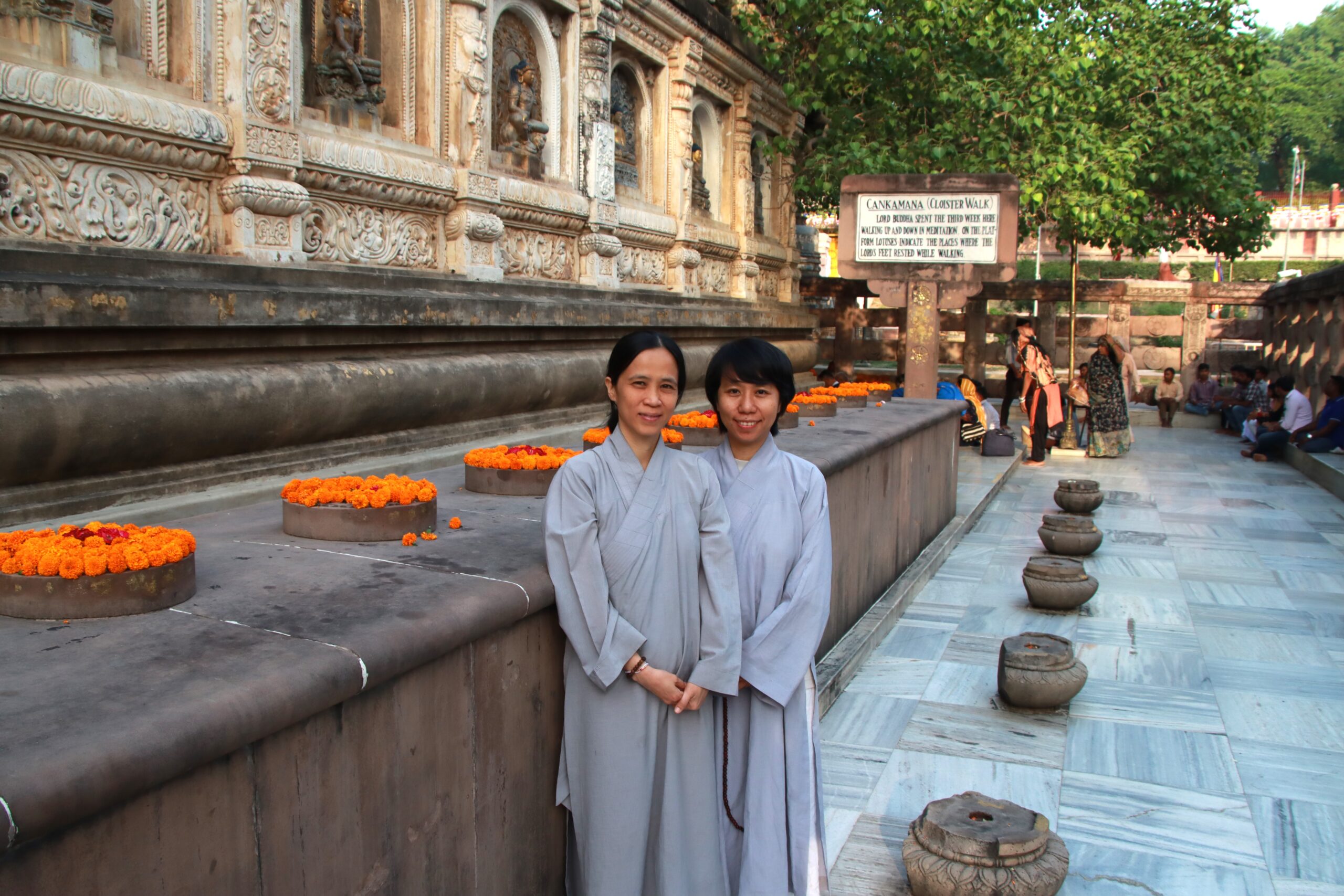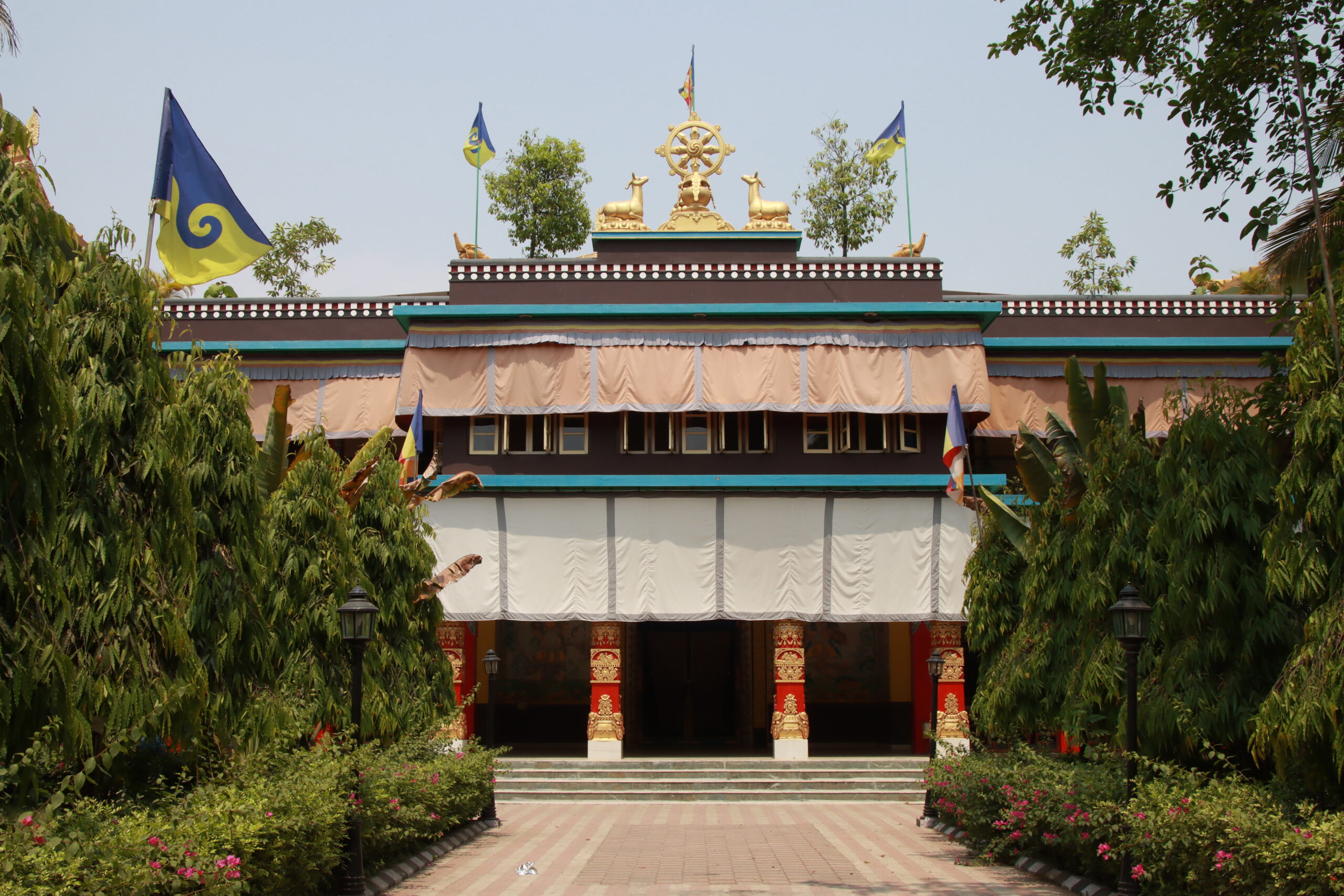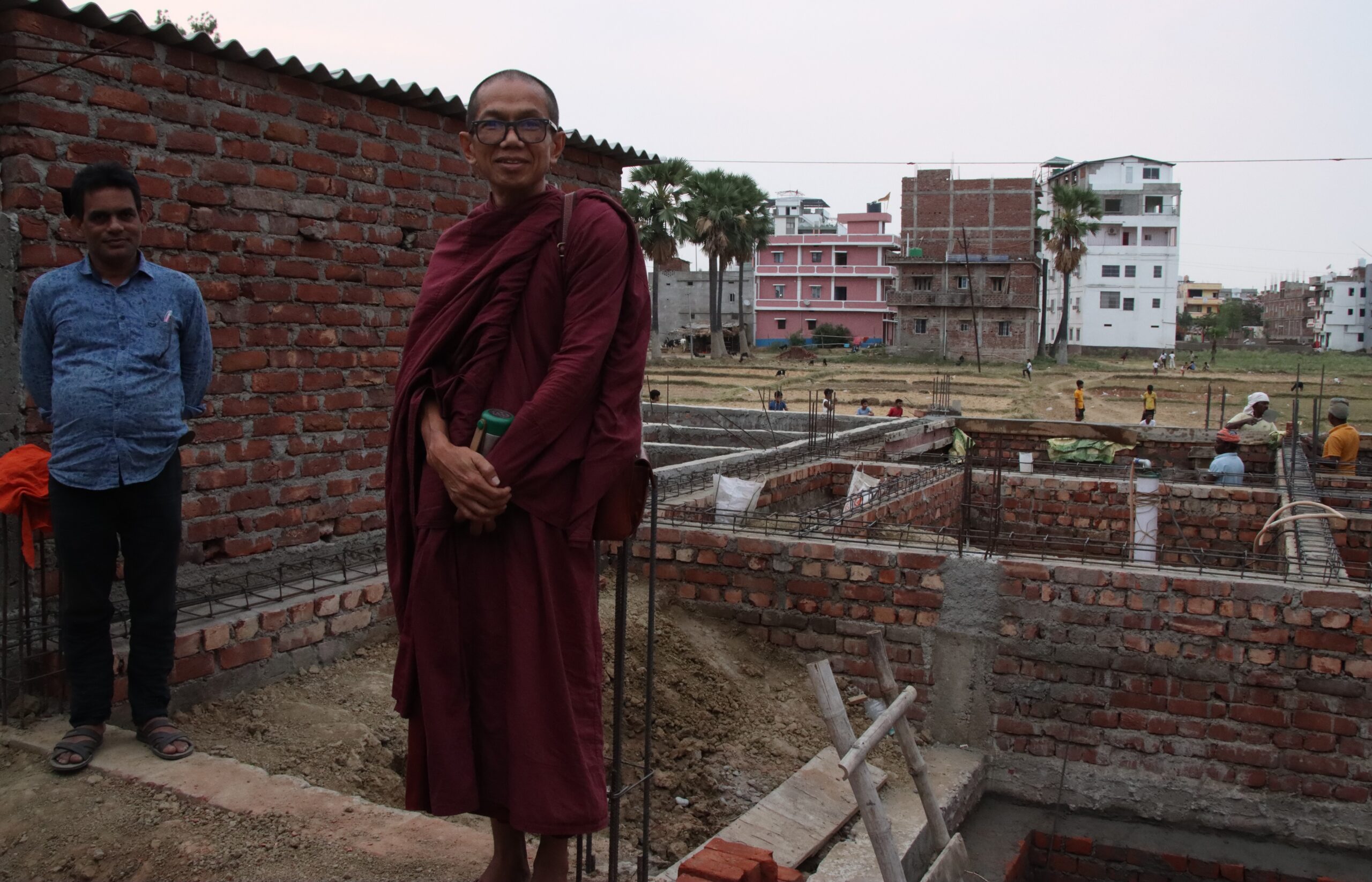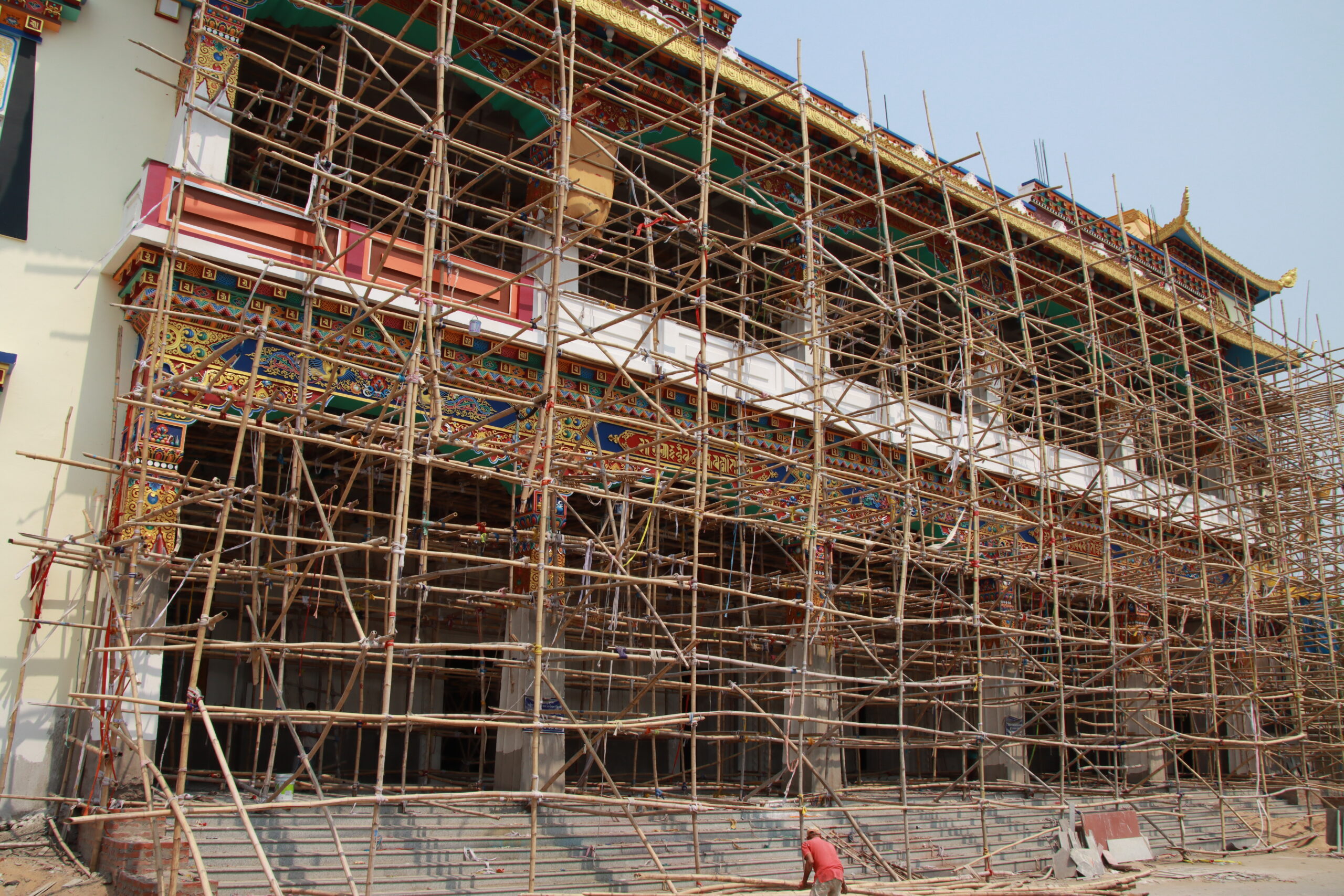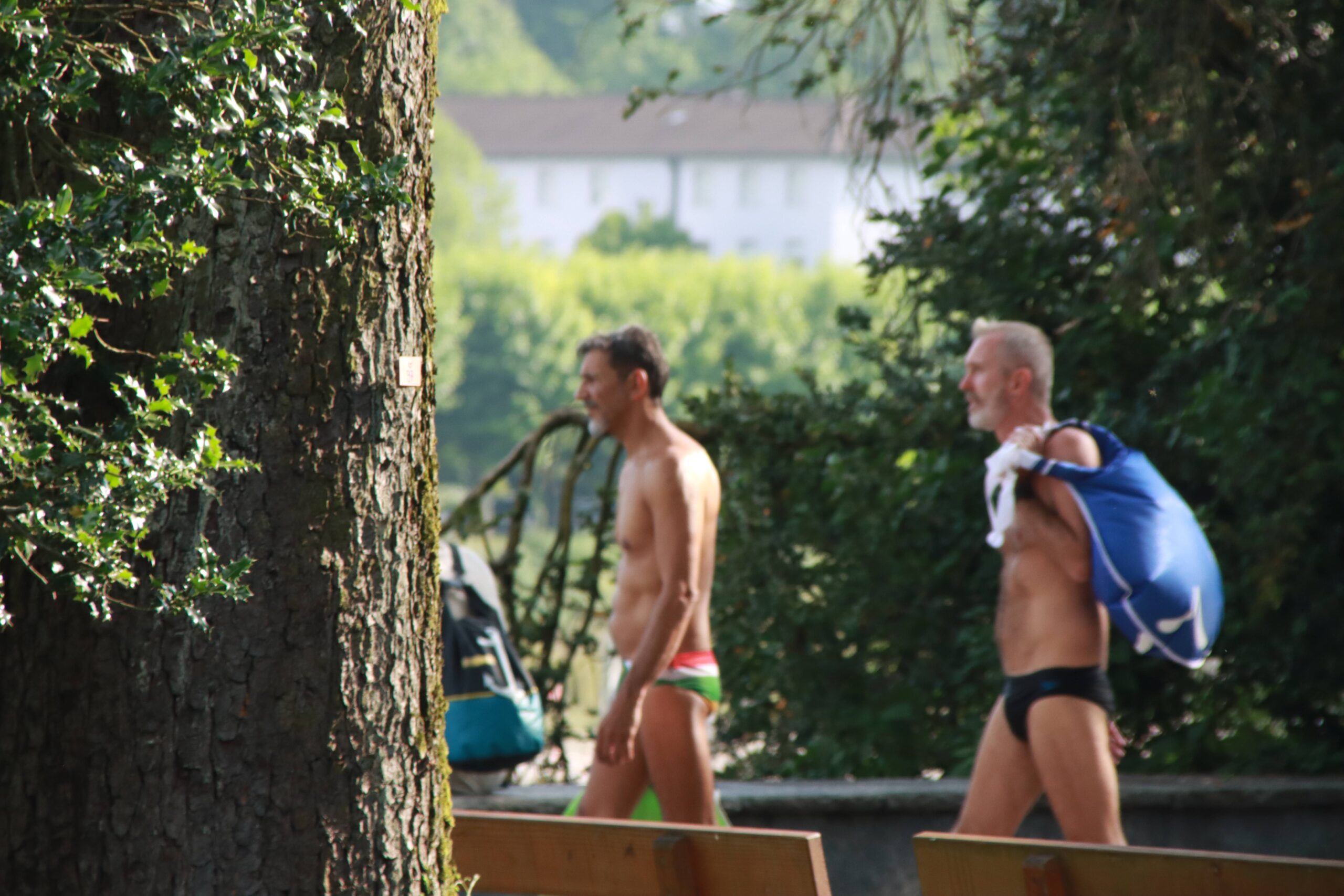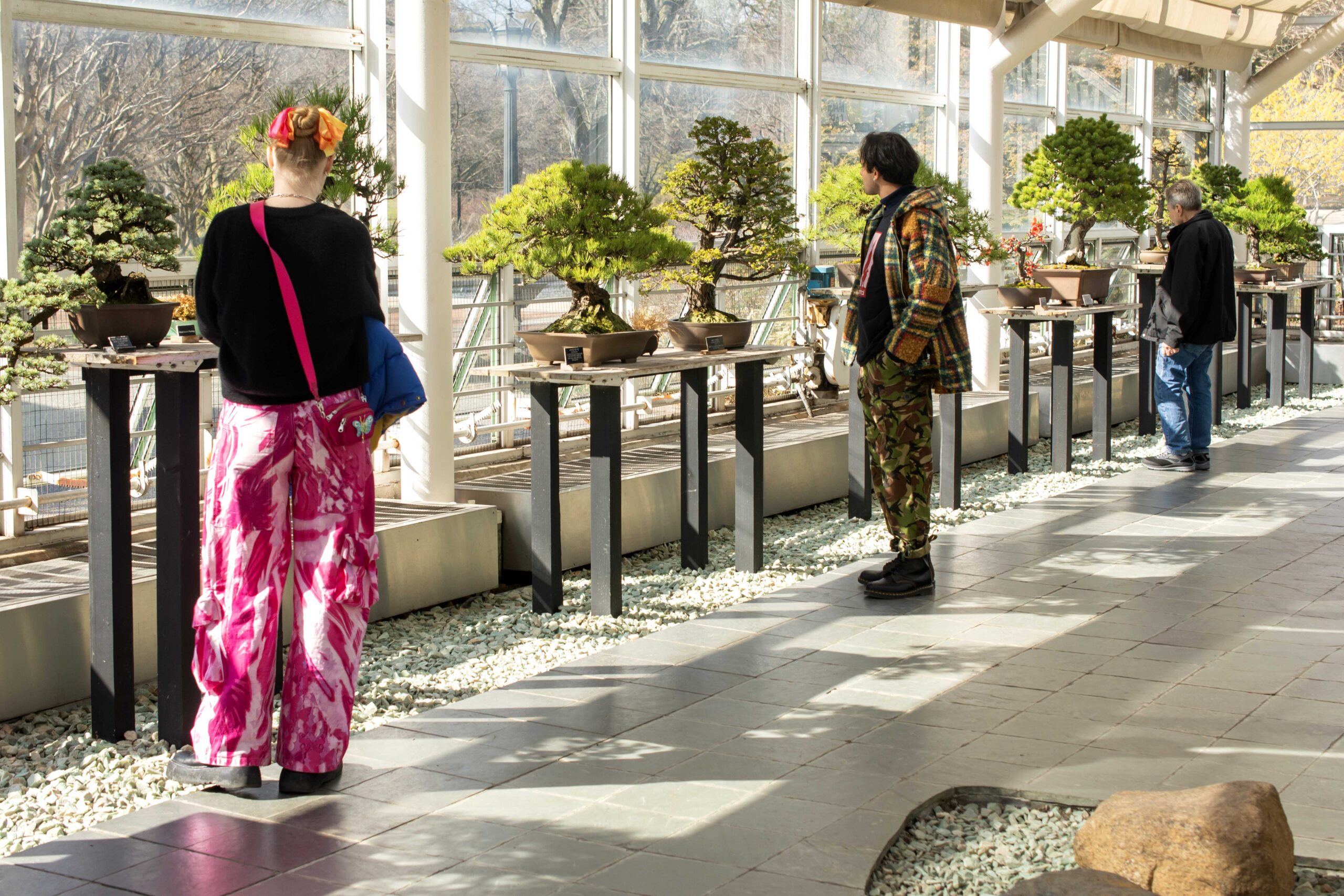This is part 1 of a 2-part series on the conditions of Buddhism at arguably the holiest site in the religion, located in India.
Though the man who would become Buddha, known to the earthly world as Siddharta Gautama, wasn’t born in the Indian state of Bihar, this often ignored corner in the northeast of India was the place in which the world’s fourth-largest religion most definitely was.
Containing the sites where Buddha attained Enlightenment, where he gave some of his best sermons, where he converted the first kings and laymen, where he organized the first monastic order, and where his ashes have been laid to rest, Bihar is arguably the most sacred place in all Buddhism. Yet according to data from the last complete religious census in the country and in terms of a percentage of the population, Bihar is one of the least Buddhist states in all India—with just 0.02% of the state population.
For perspective, Italy, the nation which more or less birthed modern Christianity, but that is at least home to the Vatican and the organized Catholic church, records about 68% of its population as adherents to the major faith born within its borders.
India herself is less than 1% Buddhist nationally, and in fact, there are more Hindus in Italy than there are Buddhists in Bihar. For further context, 85-90% of Saudi Arabian citizens are Sunni Muslims, while 10-12% are Shi’ites.
For someone looking to experience Bihar and follow the powerful story, inspiration, and character witnessed by Buddha’s Enlightenment within the state, it requires walking a largely solitary pilgrimage route between four major destinations. In each one, a visitor is likely to see a glimpse of the great man’s earthly wanderings, but feeling it is a little more difficult.
The reason may seem at times on the surface obvious—rampant tourism directly adjacent to poverty, but deeper, more complicated—even sinister reasons, may be more influential.
The heart of Buddhism on Earth
Adjacent to the modern and polluted town of Gaya lies Bodh Gaya, an at-times magical place that one might look to as the heart of Buddhadom on Earth. It was at this place where Prince Siddharta, having renounced household life, meditated under the Bodhi tree for 7 days and attained Supreme Enlightenment.
All Buddhist nations, from Laos DPR to Japan maintain a delegation of monks here, and the 14th Dalai Lama visits yearly. At the heart of the site lies the Mahabodi Temple, a UNESCO World Heritage Site of staggering beauty built by the Mauryan Buddhist Emperor Ashoka in the 3rd century BCE, and expanded in the 5th century CE. Though heavily damaged by Islamic invaders, the temple’s restored structure includes substantial portions of the original.
Behind the impressive structure lies the tree under which Buddha sat and achieved Enlightenment, although it’s also reported to be born from a cutting of the original. If that were the case, it would still technically be of the same generation. The gravity of this place—at the very core of the Buddhist origin story—pulls people from all around Asia to stay here.
“I came here—first time in 2016—3 weeks. Then 2017, two weeks, then 2018, a month,” says Luang Ná, an older Thai monk. “Then I go back to Thailand, I see some friends [I] think, ‘oh, he’s passed away, or she’s died, maybe me next? So during COVID I decided to live here”.
Also filled with admiration for the place was a pair of young Vietnamese lay practitioners, who were visiting as part of a program to deepen their Buddhist practice and take care of the Vietnamese monastery and temple—something that was common, I found, on the properties of nearly all the nations represented there.
“I think that I’ve found true happiness here,” one of the pair told WaL.
Despite these aspects, which lend the whole temple complex an aura of universal compact, someone looking to join in on something like a Buddhist version of the Hajj in Mecca would recognize that very little of the Dharma, or Buddha’s universal law, exists in this place outside of those few who carry it unfailingly in their hearts.
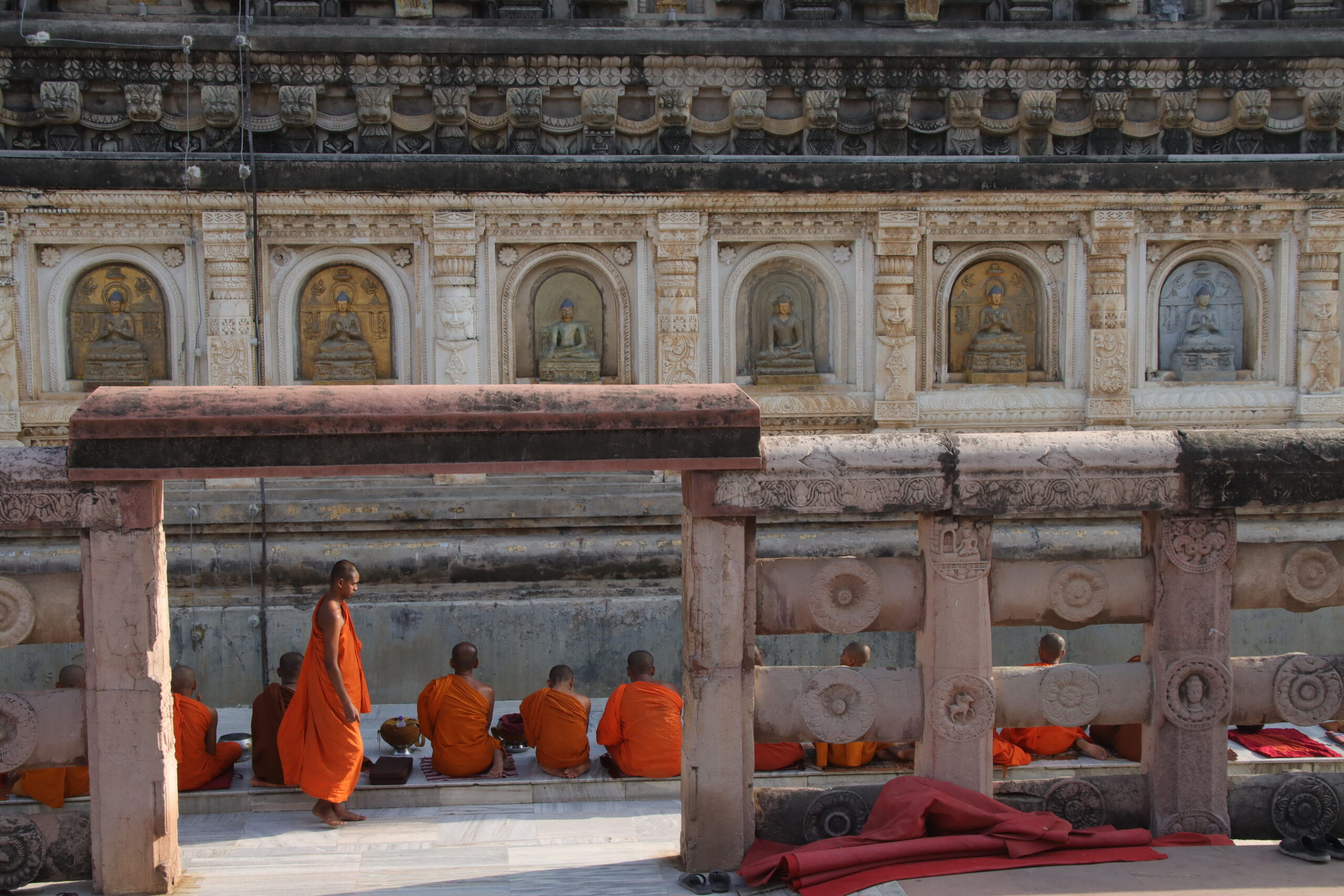
A troubled heart
The first thing one notices upon visiting this world treasure is how distinctly secular it is. No portion of the temple or its surroundings is cordoned off for religious function as is often the case in churches, and above the incredible din of Hindu and secular Indian tourists, no monk could ever hope to maintain concentration for long anywhere near the main temple. There are no devotional hours, and though the rules state that one must leave their smartphone outside before entering, this ban, like the rules on silence, is poorly enforced.
The only practice performed is the morning and evening chanting, but visitors are allowed to talk, use their phones, wander in and out of the temple interior where the monks perform, and are generally permitted to disrupt anyone, particularly lay Buddhists, or Buddhists who are not monks, from enjoying the performance.
The first thing one notices upon leaving it is how the town of Bodh Gaya, which is filled with Buddhist monasteries and temples, is filled so much more with money-grubbing and shanty towns.
“There’s the world, and there’s the Dharma world,” said a monk, who agreed to share his experiences on condition of anonymity. “Here in this place, we’re in the Dhamma world. We go to the temple we do our practice, but in the world, it’s all about business”.
He referenced a sensitive entity called the Bodhgaya Temple Management Committee, which he said was governed by 5 Hindus and 4 Buddhists in cooperation with the Archaeological Survey of India and the State Government of Bihar.
“I don’t know, but I’ve heard that—donations, some things, they will just take,” he said, adding that the overall trend of operations is toward commercializing the holiest site in Buddhism, rather than augmenting its religious functions. “They have ideas, have something something, there is also the mafia, I’ve heard”.
In general, he said, rent-seeking in the town of Bodh Gaya has become a major source of contention between Buddhists and Hindus, as the latter buy up land and properties and attempt to rent them to any Buddhists looking to build schools, rest houses for pilgrims, or monasteries.
The Bodhgaya Temple Management Committee is indeed an interesting entity. The temple itself, and the land around it, was once owned by a powerful local member of the Hindu religious gentry called a Manhant, but a true revolutionary—a Theodore Hertzl of Buddhism, Angarika Dharmapala, launched a campaign to liberate the temple.
“It seemed an outrage that this holiest temple of the Buddhists should be under the management of a man whose ancestors had always been hostile to Buddhism,” Dharmapala penned in an essay after visiting the temple and seeing its appalling condition near the turn of the 19th century. A Buddhist from Sri Lanka, Dharmapala found that worship was permitted to Buddhists at the site, but Buddha was only depicted there as a son of Vishnu with Hindu marks and Hindu clothing, which, if one is familiar with the ornery history of Hinduism, they will know it as not so much a sign of reverence as a sign of domineering.
Dharmapala founded the Mahabodi Society, which lobbied foreign Buddhist governments to join with Dharmapala, who was litigating with the Manhant in the courts of British Calcutta in the meanwhile, to have the site turned over to Buddhist hands. Eventually in 1949, a recently-independent India passed legislation that mandated the temple be turned over to a secular committee, but according to the law 5 members including the chairman must be Hindus, giving them majority rule over any decisions.
In April 2013, 1,000 Indian Buddhists protested in front of the BTMC, demanding control of the temple be at last, nearly a century after Dharmapala’s death, turned over entirely to Buddhists. Similar protests took place in 2012, when Buddhists sued under the religious protection clause of the Indian constitution, and again in 2015 to demand total control over the temple. At the moment, these protests haven’t achieved anything, and more disturbing still is the condition of the hearts and minds of those who dwell in and around the temple. WaL
We Humbly Ask For Your Support—Follow the link here to see all the ways, monetary and non-monetary.
PICTURED ABOVE: The Mahabodi Temple. PC: Andrew Corbley ©

